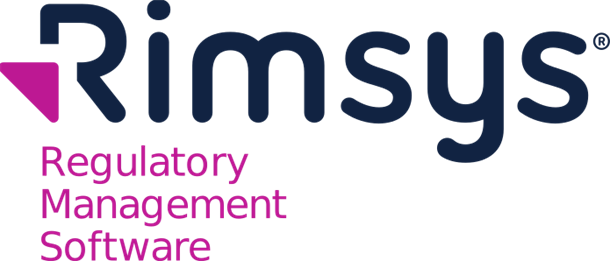Back

Medical Devices
Domain: Regulatory Frameworks & Strategy
Knowledge Area: Market Strategy
Regulation Changes: Incentives for Pediatric Medical Devices in the US and Japan. Implications for the EU.
Thursday, May 11, 2023
16:45 – 17:45 CEST
Location: Pearl 3
Supported By


Stephanie Huebner, MSc, PhD
Manager Third Party (OEM) Therapeutic Solutions Division, Regulatory Affairs
Olympus Surgical Technologies Europe, Germany
Presenter(s)
Description: There is strong evidence of a relative lack of appropriate medical devices for children. Increased requirements for the clinical evidence and higher (re-)certification costs under the EU-MDR are expected to add to these unmet needs. Thus, children can be either not treated or treated with unknown risk-benefit profiles by using (and occasionally manipulating) medical devices for adults or for other indications. Rare diseases were considered as well as half of those affected by rare diseases are children, with 3 in 10 children not reaching their fifth birthday.
This session will discuss a systematic approach to identify interested parties, reasons for the lack of devices and how the US and Japan support the availability of appropriate devices. The identification of 14 incentive and requirements will show that the initiatives have similarities and could serve as models for the EU. It will also show how the interested parties are contributing to the different stages of the product lifecycle that will influence the manufacturer’s return of invest. On this basis, a strategic process will be presented to develop remediation measures tailored to the regulatory environment with emphasis to define metrics for success.
This session will discuss a systematic approach to identify interested parties, reasons for the lack of devices and how the US and Japan support the availability of appropriate devices. The identification of 14 incentive and requirements will show that the initiatives have similarities and could serve as models for the EU. It will also show how the interested parties are contributing to the different stages of the product lifecycle that will influence the manufacturer’s return of invest. On this basis, a strategic process will be presented to develop remediation measures tailored to the regulatory environment with emphasis to define metrics for success.
Learning Objectives:
- Upon completion, participant will be able to describe the Japanese and US strategies to improve the availability and access to pediatric medical devices.
- Upon completion, participant will be able to describe the different interested parties and their main interests.
